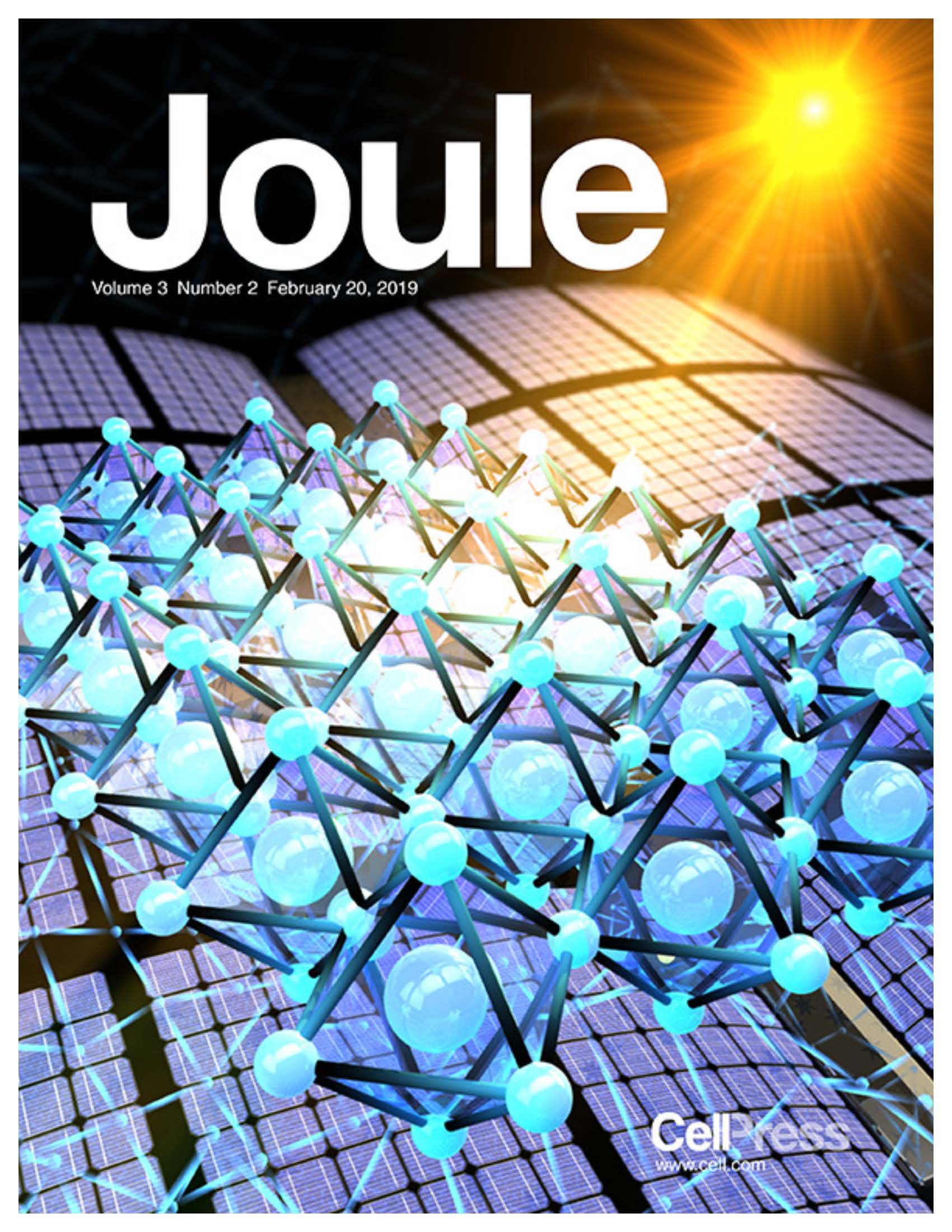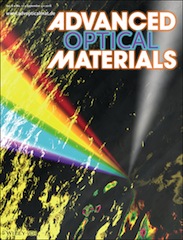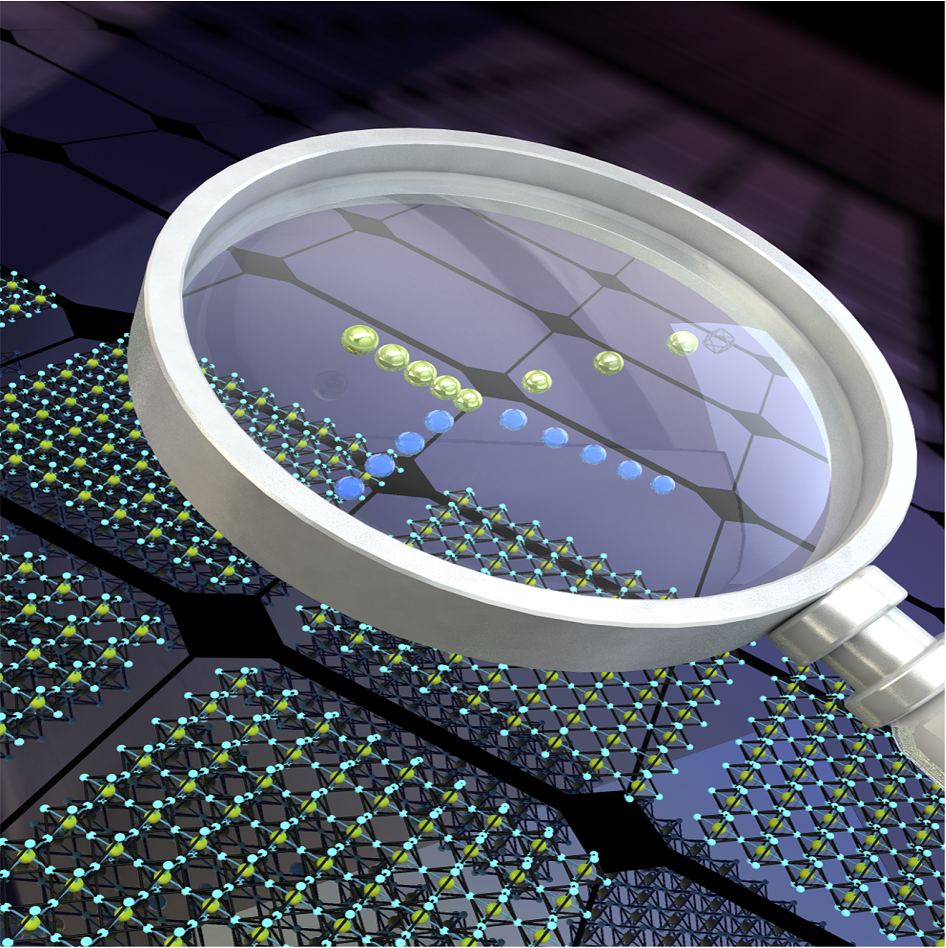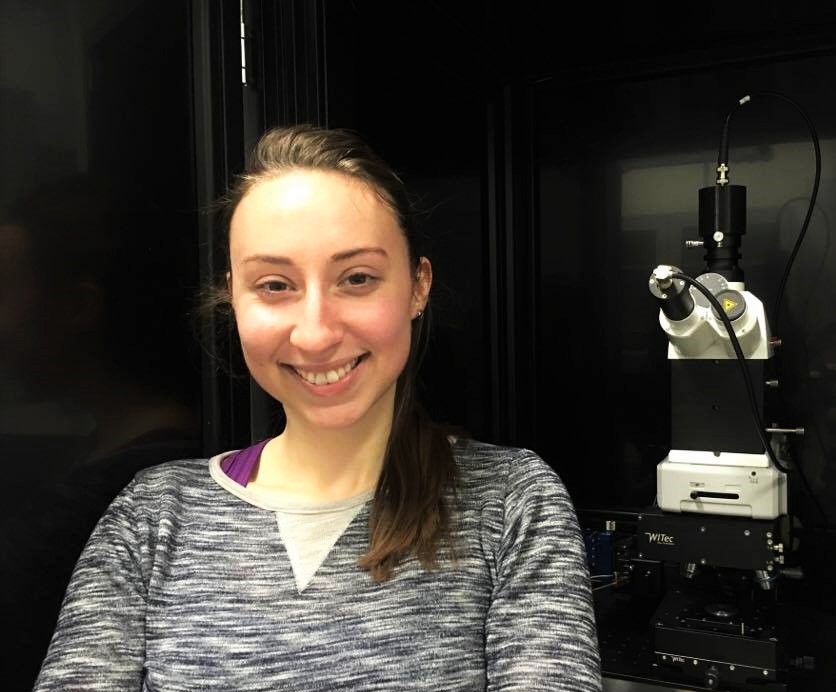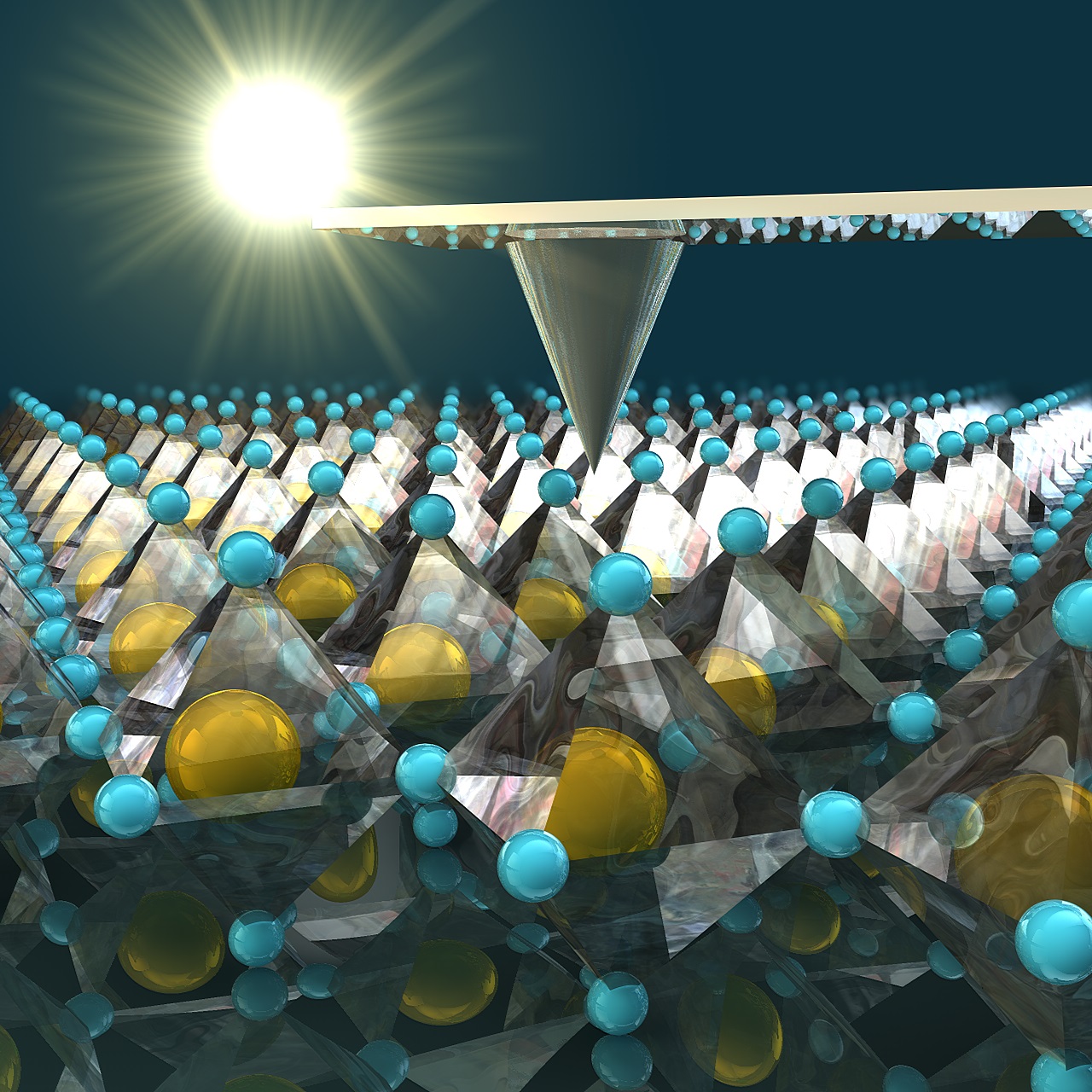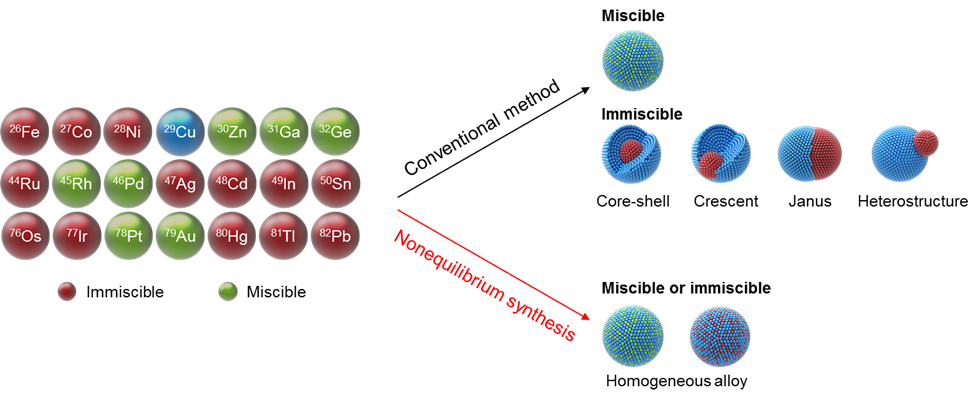News Story
Biodegradable Color Pixels that Disappear Completely

In a publication in ACS Photonics, a team of researchers from the University of Maryland (UMD), led by Marina Leite - an assistant professor in the Department of Materials Science and Engineering - demonstrated color pixels that are activated when exposed to water and then disappear completely. The pixels are made of magnesium and magnesium oxide, which are earth-abundant and biodegradable - an advantage for scaling up the new technology. Transient photonic devices that can disappear after stable operation can transform the further development of sensors in healthcare, besides energy and national security.
An important aspect of this research is the realization of transient devices with tunable (e.g. reconfigurable) functionality using solely earth-abundant and biocompatible/biodegradable materials. The landscape for applications is extremely rich. Specifically, her research can impact the fabrication of chemical sensors, which could safely degrade in the landfill after stable operation, critical for monitoring our environment.
“Devices that can be made to vanish in a controlled manner and that are biocompatible can be implemented in healthcare, where implanted optical sensors would require no additional medical procedure to remove them from a patient’s body,” said Leite. “The encryption of highly sensitive information can also benefit from our approach, as all the materials involved in the active layers of the pixels are biocompatible.”
First year PhD student Tom Farinha - a 2018 Clark School Fellow - is eager to continue working in this project. “It's been very exciting to be at UMD so far, and I can’t wait to make nanophotonic transient devices.”
Alumni Chen Gong - who is now a process engineer at Applied Materials and 2017–2018 Harry K. Wells Graduate Fellow - also contributed to this work. The team is particularly excited about the fact that all active materials involved are biodegradable and environmentally friendly because their discovery could transform the development of color displays in the near future.
Next steps for the Leite Reserach Group will include fabricating and testing transient devices formed by nanostructured building blocks that enable optical tunability and further control of the electromagnetic spectrum. The development of functional materials for sustainability has been a focus of her research group, which is also advancing the understanding of solar cells and all-solid-state batteries.
Dr. Leite is also a professor of physics and a member of the Institute for Research in Electronics and Applied Physics.
For additional information:
Farinha, T.G., Gong, C., Benson, Z.A. and Leite, M.S. (2018). "Magnesium for Transient Photonics." ACS Photonics, DOI: 10.1021/acsphotonics.8b01299
Published December 10, 2018
